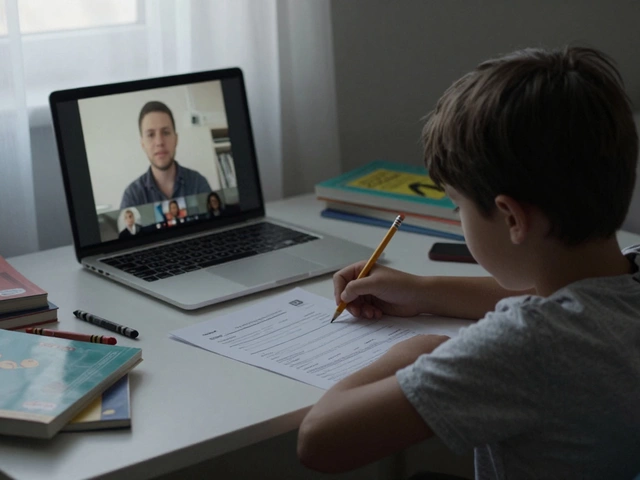Difficulty – What Makes Something Hard and How to Deal With It
If you ever stared at a test paper and felt stuck, you know what difficulty feels like. It shows up in exams, scholarship hunts, and everyday learning. The first step is to realize that difficulty isn’t the same for everyone. Your background, study habits, and confidence shape how you see a challenge.
Take the A‑Level vs SAT debate, for example. Some students say A‑Levels are tougher because they go deep, while others argue the SAT is harder because it tests speed. Both exams demand different skills, so labeling one as “harder” without context doesn’t help. The same logic applies to scholarships – a sports scholarship might seem easy if you excel in a niche sport, but a STEM award could feel impossible without the right grades.
Why Difficulty Feels Different for Everyone
First, your prior knowledge matters. If you’ve already mastered basic math, a calculus problem isn’t as scary as it would be for someone new to the subject. Second, motivation plays a big role. When a goal feels personal – like getting a scholarship for a field you love – you push harder and the task feels less daunting.
Third, resources count. Access to tutoring, study guides, or a supportive teacher can turn a “hard” topic into a manageable one. Finally, mindset matters. People who view difficulty as a chance to grow usually bounce back faster than those who see it as a dead end.
Practical Ways to Tackle Hard Topics
1. Break it down. Instead of tackling a whole chapter, split it into bite‑size sections. Study one paragraph, test yourself, then move on. This keeps momentum and reduces overwhelm.
2. Use active learning. Summarise what you read in your own words, teach it to a friend, or create flashcards. Active recall beats passive rereading every time.
3. Set a timer. Work for 25 minutes, rest for five – the Pomodoro technique stops burnout and keeps focus sharp.
4. Find real‑world examples. If you’re stuck on a physics formula, think about how it works in a car engine. Connecting theory to daily life makes abstract ideas concrete.
5. Seek help early. Whether it’s a tutor, a classmate, or an online forum, asking questions saves hours of frustration.
6. Track progress. Write down what you’ve mastered each week. Seeing tiny wins builds confidence and shows that difficulty is moving.
Applying these steps to scholarship applications works too. List the required documents, fill one part each day, and ask a mentor to review your essay. The process becomes a series of small tasks rather than a massive hurdle.
Remember, difficulty is a signal, not a verdict. It tells you where you need more focus, better resources, or a new approach. When you treat it as a map instead of a wall, you start navigating rather than giving up.
So the next time you face a tough exam, a demanding project, or a competitive scholarship, pause, break it down, and use the tools above. You’ll find that most challenges shrink once you start working with them instead of against them.







